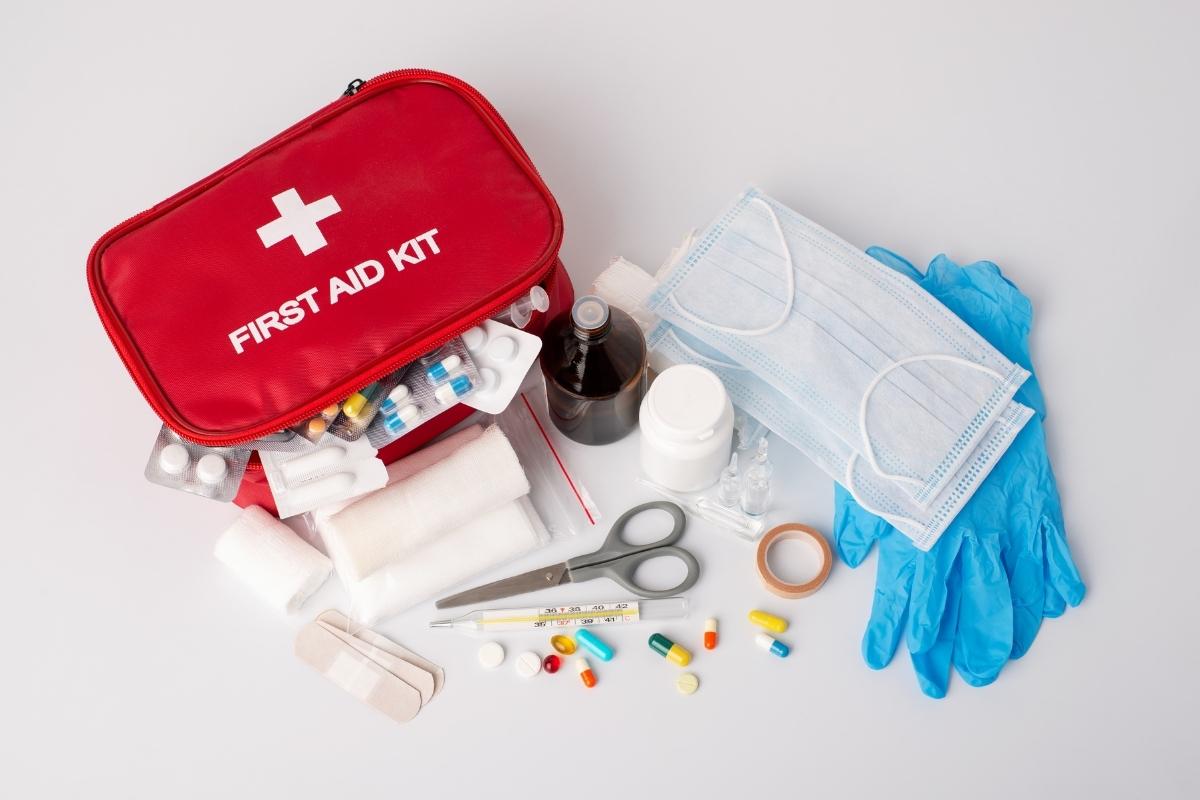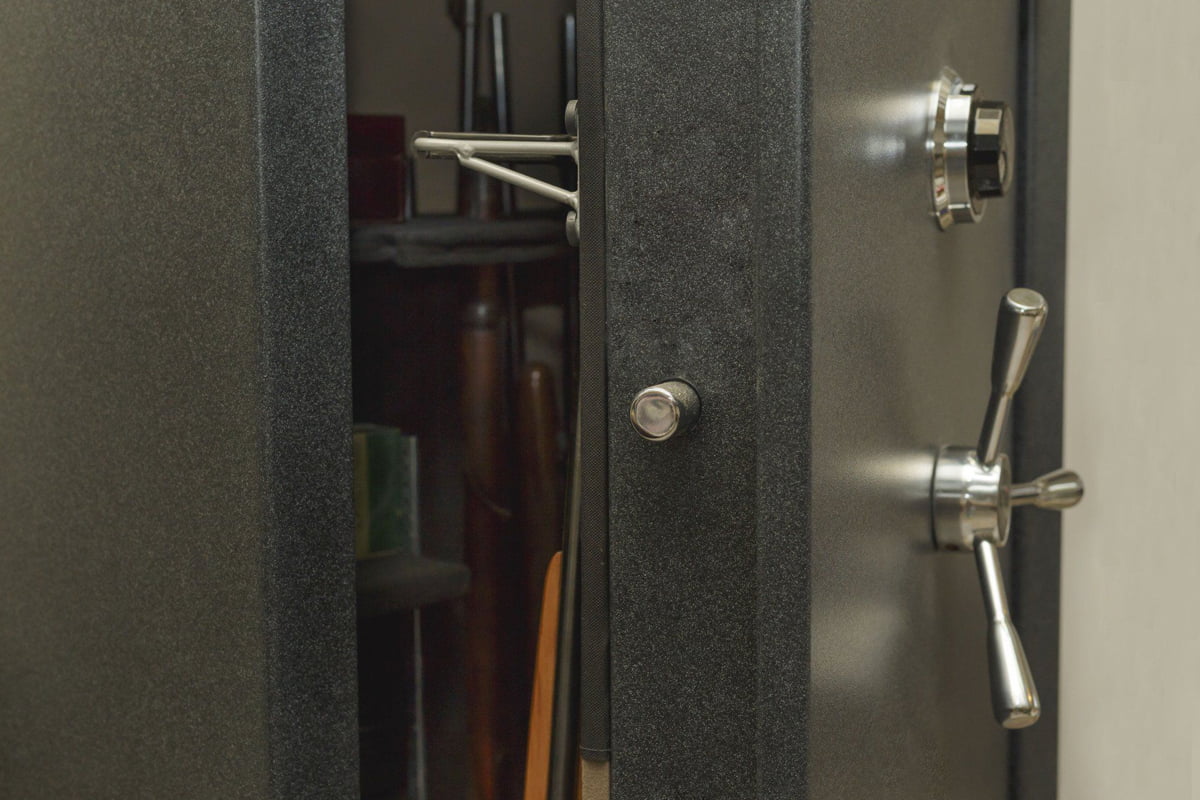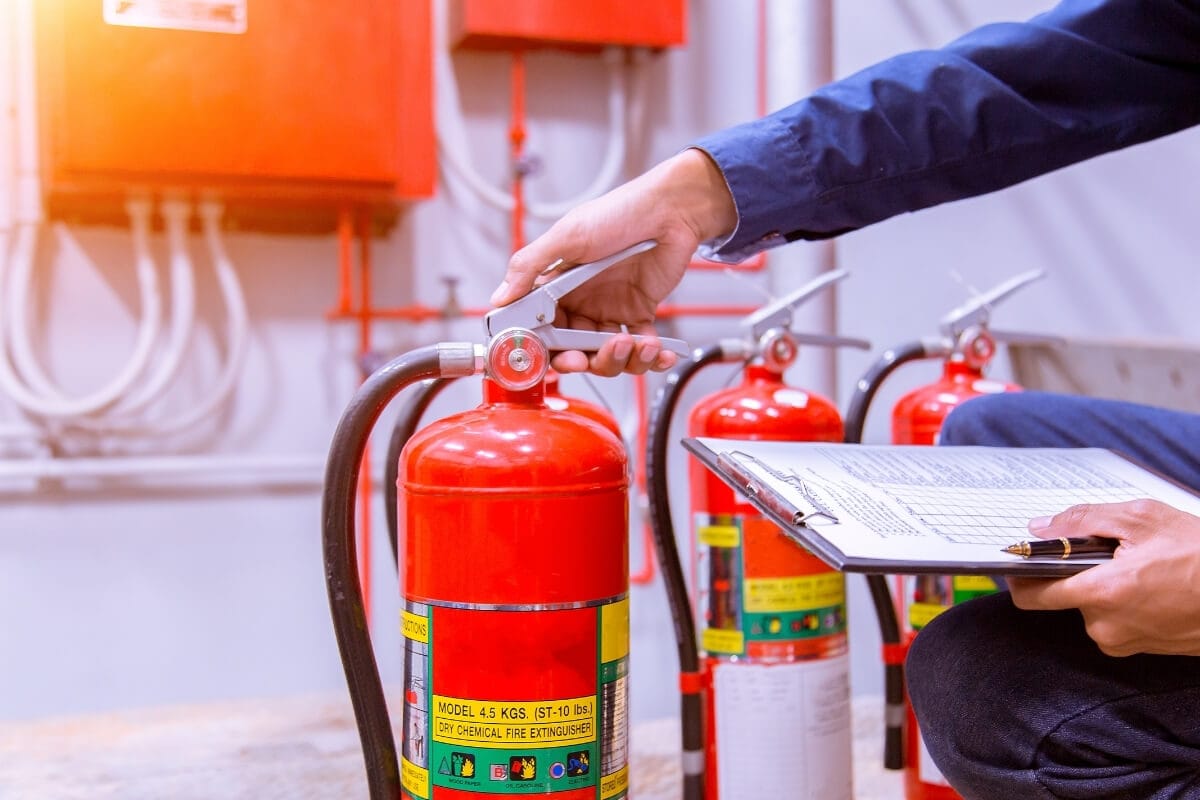A number of natural threats can invade your home without you knowing. Many homeowners fear carbon monoxide poisoning because they know that this gas has no color, odor, or taste. While carbon monoxide is a significant threat for which people should remain on guard, they also are cautioned to take other toxic, invisible gases into consideration when they want to protect their homes and their families. One of the most toxic natural gases that threaten homeowners is radon.
When radium breaks down, it emits a noble gas that is called radon. Radon, like carbon monoxide, has no detectable odor, taste, or color. It is found naturally in the environment and is found in the soil, water, and vegetation. It makes its way into people’s homes through the water and also through the foundation or crawl space beneath their houses. Because it cannot be detected, people may have no idea that they are ingesting or coming into contact with radon.
Within the last few decades, however, scientists have perfected ways to help people remain on guard against radon and to take quick action if this noble gas is found in their homes. Radon detectors were invented and patented in 1988. Since then, health and safety experts have urged people to install these devices in their homes.
These detectors function much like those that detect carbon monoxide. When high levels of radon is detected in the house, the alarm will sound so that people can take necessary steps to protect themselves from this gas. These detectors are now sold in most big box and home improvement stores. They are priced affordably so that people can buy them without breaking their budgets. They also are easy to install and operate with batteries. People who have radon detectors in their homes are encouraged to change the batteries every six months.
What Is Radon
Radon is a colorless, tasteless, and odorless noble gas that occurs naturally when the element radium breaks down in the environment. It is radioactive and has a half-life of 3.8 days. It is at its most stable when it is an isotope. It is easily inhaled, causing it to be one of the primary contributors to the onset and formation of lung disease. The Environmental Protection Agency (EPA) estimates that about 21,000 people die each year from lung cancer related to radon gas exposure, making radon the second leading cause of lung cancer death in the US.
People who most often come into contact with radon work in industries like mining or manufacturing. Radon is found in natural formations like uranium ores, shale, igneous rocks, granite, gneiss, and schist. People who mine these formations for a living often breathe in radon during the course of their careers. They are at an increased risk of developing lung conditions like cancer or non-specific pneumonia and may also develop illnesses like leukemia.
Radon also can be found in the water, particularly natural springs. Numerous places around the world like Montana and Germany have been identified as having higher than average concentrations of radon than other places in the world. As deadly as radon is, it also can be used for a number of industrial purposes. Most specifically it is used for medicinal reasons, most often in treating cancer. Radon is used in radiation therapy to kill cancer cells. Some countries in Europe and Asia also make available radon spas. People go to these spas to improve their health. The spas are created around natural springs with high levels of radon in them. These limited purposes do not exclude the fact that radon is still a deadly gas to be avoided, however.
Radon Poisoning
Radon is found everywhere in the world. It is found in the earth and air, and it is even found naturally in the oceans. The typical exposure to radon in your home is 100 Bq/m3. This level of radon is deemed safe by the EPA. Levels higher than that, however, must be remedied immediately because they can pose significant harm to your health.
As noted, radon is easy to breathe in and ingest. Many people have no idea that they have come into contact with it until they have developed symptoms that go along with radon poisoning. This noble gas comprises one of the main reasons why non-smokers develop lung cancer, for instance. If they work in an industry like mining or in medicine and come into contact with radon often enough, they could develop lung cancer later in their lives.
People of any age, however, can develop radon poisoning, even children. The fact that radon does not discriminate against its victims stands behind the fact for why you are encouraged to act quickly to ensure that your home is free of this noble gas. One of the best ways to protect you and your household involves buying a radon detector. These detectors can be found at any big box or hardware store. Many government agencies like your local health department also routinely give these detectors away for free.
You should also act quickly to have your home treated for radon if it is found to have higher than acceptable concentrations of this gas. If you stay in a home that is filled with high levels of radon gas, you could shortly develop poisoning from which is difficult to recover. It may even claim your life or that of your family. Remediation can restore your home’s safety and your health.
Radon Symptoms
Radon exposure itself does not come with any associated symptoms. It is completely without any taste, odor, or color. You cannot detect its presence in your home without the use of a detector or by having your home tested for radon. Despite radon exposure having no known symptoms, however, people can discern whether or not they have been exposed to it when they develop one of the known illnesses caused by radon. Lung cancer, for example, is the primary disease that is linked to being exposed to this noble gas. This disease comes with a host of symptoms that could occur after coming into contact with high levels of radon.
Shortness of breath is one of the primary signs that a person may be developing radon-related lung cancer. Being short of breath can occur when you develop a cold or allergies or if you suffer from an ailment like heart disease. However, when you suffer from this symptom unexpectedly or experience it for longer than a few weeks, you should see your doctor and possibly be tested for lung cancer, particularly if you work in the mining industry or if you suspect that your home could contain high levels of radon.
Lung cancer also comes with symptoms that manifest themselves quickly as the disease progresses. You may begin to cough up blood. You also may develop tumors inside your lung tissue. A doctor may biopsy your tissue and recommend that you begin cancer treatments which ironically may include the use of radon. You also may undergo surgery to remove tumors from your lungs. If caught early, radon-related lung cancer is treatable. It is important, however, that you remove the radon from your home or that you avoid going back to your job that exposes you to this gas.
Radon Test Kit
While you can hire a professional radon remediation company to test your home for this poisonous gas, you also have the option of testing for it yourself. Many online and brick and mortar retailers sell radon test kits. These tests come with everything you need to find out whether or not deadly radon has infiltrated your home. Once you collect the samples, you can send them to your state testing agency and receive the results back in a matter of days. You can then take any corrective measures recommended to you.
Many kits come with strips, swabs, and other parts that contain charcoal. The charcoal retains the water or soil sample that you collect and keeps it intact so that the agency can test it. You should follow the kit instructions to determine what parts of your home you should test. It may tell you to collect water samples or samples of the soil inside or outside of your home. Once you collect the samples, you can then seal the charcoal strips inside the provided envelopes and mail them to the testing agency.
Many agencies respond to test kit samples within two to three days. This time span may be in addition to any time that is needed to grow out or test a sample. Along with providing you the results of your tests, the agency may also give you clear steps on how to get rid of the radon in your home if the samples test positive for the noble gas. You should follow the recommended steps precisely so that you get rid of radon from your home and minimize your household’s exposure to the gas. These test kits do not cost a lot of money and are easy to use.
What to Do if Radon Is Detected in Your Home
If radon is detected in your home, it is important that you know what steps to take to keep you, your family, and your house safe. Whether you are notified of radon’s presence by your detector, or you are told by local health authorities that radon is detected in your house, you should have a plan in place so that you can escape the deadliest side effects of radon exposure. You should also learn how you can rid your house of radon so that you can enjoy living in it again.
Your first step when radon is detected involves leaving the premises immediately. It can be difficult to leave behind your possessions and your familiar environment. However, it is crucial that you leave the home quickly so that you and your family remain safe. If you have already begun experiencing the ill side effects of radon exposure, leaving your home could be an important first step in restoring your health.
After you leave your home, you should then notify local health authorities like the health or the fire department. You also should contact a company that specializes in radon remediation services. The remediation company will inspect your home and find out from where the radon is entering your home. It may replace pipes, insulation, and other fixtures that have been saturated with this poisonous, invisible gas.
You may need to stay out of your home for a number of days or weeks, depending on the advice of the remediation company. Once the company restores your home’s safety, it also may give you advice on how to keep radon out of your house in the future. As deadly as radon is, it does not have to remain in your home or threaten you or your family if you have a proper plan in place.









